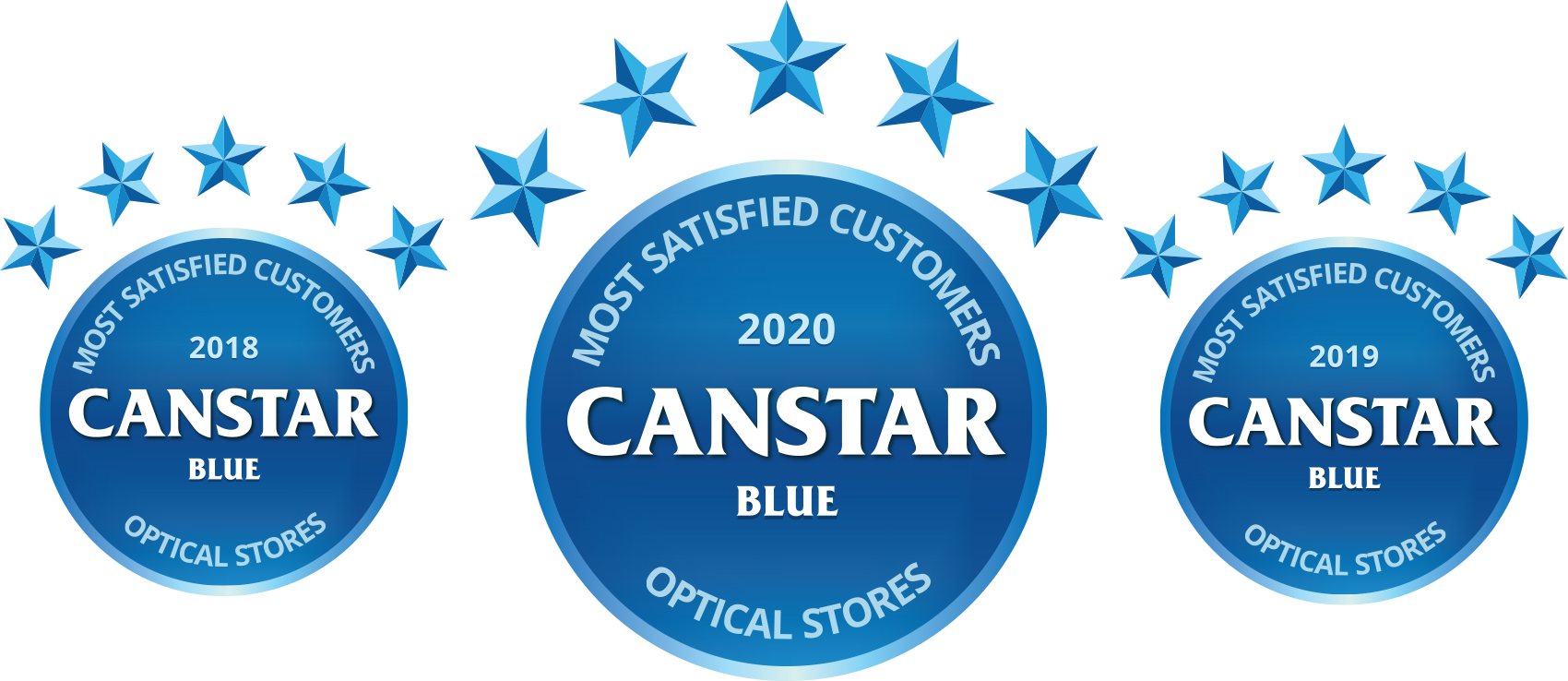Hyperopia (longsightedness)
Hyperopia, or longsightedness, is a common vision problem, affecting about a fourth of the population. People with hyperopia can see distant objects very well, but have difficulty focusing on objects that are up close.
Hyperopia Symptoms and Signs
Longsighted people sometimes have headaches or eye strain and may squint or feel fatigued when performing work at close range. If you get these symptoms while wearing your glasses or contact lenses, you may need an eye examination and a new prescription.
What Causes Hyperopia?
This vision problem occurs when light rays entering the eye focus behind the retina, rather than directly on it. The eyeball of a farsighted person is shorter than normal.
Most children have mild hyperopia. In fact it’s considered normal to have a low level of hyperopia.. It’s only necessary to treat hyperopia in children if it is a higher level than normal or the child finds it difficult to focus even with lower levels of hyperopia.
Hyperopia outside normal levels has been found to have an impact on learning ability. Attention is given to the visual system and keeping the vision clear, rather than to the task at hand.
Sometimes people confuse hyperopia with presbyopia, which also causes near vision problems but for different reasons.
Hyperopia Treatment
Longsightedness can be corrected with glasses or contact lenses to change the way light rays bend into the eyes. You may need to wear your glasses or contacts all the time or only when reading, working on a computer or doing other close-up work.




